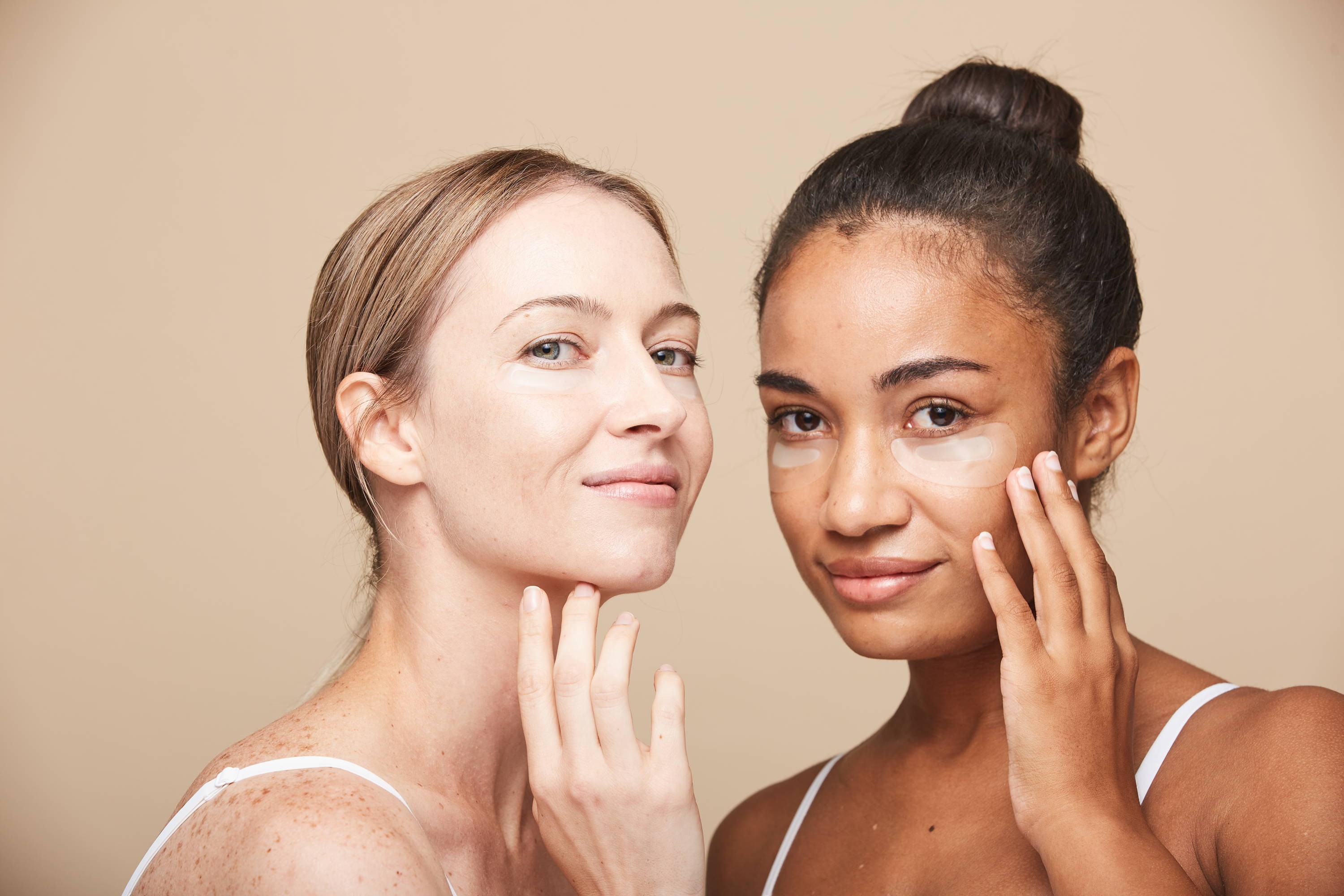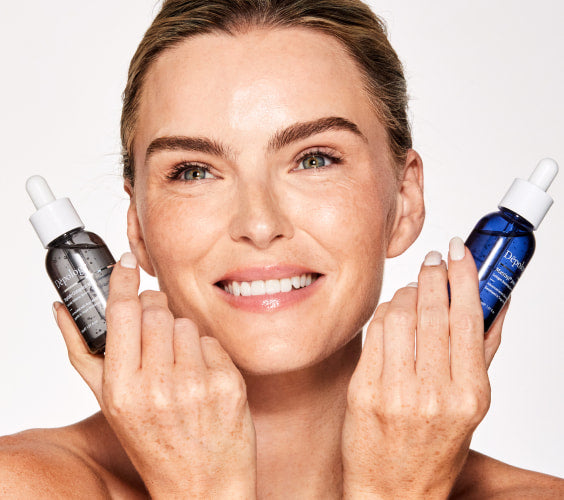
What Is Oilplaning For Your Skin?
Intro
You may have seen it trending on TikTok. You may have read our tips on dermaplaning and getting rid of “peach fuzz.” No matter where you heard about it, “oilplaning” is the newest skincare craze to build up posts via its hashtag. Users around the world are discovering the wonders of this exfoliation process that not only achieves the same goals as dermaplaning but is a less-intensive method in general.
What is Oilplaning?
Not to be confused with “dermaplaning,” “oilplaning” is a method of facial shaving that works best for those with sensitive and dry skin. Before any hair is shaven, the application of facial oils occurs, allowing for a smoother glide with the razor later. Once the user begins shaving, the idea is for there to be less friction between the skin and the razor blade.
Facial oils work similarly to toner during this process. By applying oils prior to shaving, they act as a buffer for the skin, prepping it for the process that follows. The oils act as a protective barrier for the skin so that it doesn’t get further irritated or nicked while shaving.
Rather than using shaving gels or creams which have been popularized in the past, the trend of “oilplaning” involves the removal of the thick Vellus hairs on the face, as well as layers of dead skin cells following the application of facial oils. The exfoliation process makes room for new skin cells to form, maintaining a healthy glow.
But let’s move back to the term “dermaplaning.” What does that process involve and how is it different when considering which of the two to experiment with?
Oilplaning vs. Dermaplaning
Given its name, “dermaplaning” was originally performed by dermatologists in-office, but since has been transferred to the homes of millions. Dermaplaning tools are stocked on shelves in pharmacies and supermarkets, allowing the most novice skincare user to become their own dermatologist at home. These thin, sharp blades are designed to exfoliate the skin, removing both dead skin cells and “peach fuzz,” or facial hair.
While the two methods are essentially similar, dermaplaning has begun to grow questions and even concerns from dermatologists in the field. Despite its popularity when it comes to cost-effectiveness, convenience, and exfoliation benefits, there can be room for error on the user’s part. This is more common with dermaplaning, leaving more users with experiences of friction and irritation, worsening their symptoms rather than solving them.
This is what sparked the attention towards oilplaning, as it has been marketed by users as a gentler hair removal technique that encourages the user to apply facial oil before shaving. When compared to dermaplaning, which involves exfoliating with dry skin, it’s no surprise that the former has attracted users with the promise that they will not only attain smoother skin but will achieve their goals nick-free.
All this talk about “oilplaning” might make you want to stop reading about it and try it already! Thankfully, we’ve simplified the steps below for you to get the most out of what could be the beginning of the rest of your skincare routine.
How To Oilplan Properly
Once you have your desired facial oil chosen, you will gently massage it into thoroughly-cleansed skin prior to hair removal. You should always be starting any skincare method with clean, dry skin.
This not only prevents further irritation, but ensures there is no leftover dirt, debris, natural facial oils, or makeup residue remaining before the process. If you have lingering bacteria on your skin, it can contribute to nicks and cuts, which can ultimately worsen any debris or bacteria already in existence.
Once you have allowed the facial oil to absorb, you should gently glide your desired dermaplane tool across the surface of the skin while pulling your skin taut back with one hand. Ideally, this will be at around a 45-degree angle, facing in the direction of hair growth (typically, this is downwards). Make sure you are shaving in short intervals rather than long ones. This will not only be more effective in proper hair removal but will prevent any potential injuries.
Carefully shave around the eyebrows and hairline, being sure to dispose of shaving blades each session. You may cleanse the face once more after oilplaning, following up with a hydrating product to ensure the skin is well-nourished. This helps restore the skin’s protective barrier and prevent dryness or irritation from the overall process.
Though it can be tempting to make the skin even smoother once you begin to see results, there’s no need to overdo it with the oilplaning treatment. You can treat yourself to the process every four to six weeks to maintain desired results.
As an alternative method, you may follow the dermaplaning treatment with facial oils. This will help soothe and moisturize the skin from the exfoliation process it has just gone through, as well as promote hydration and strengthening of the skin’s hydrolipidic barrier.
Similar to other hobbies, such as writing a screenplay to tell a story, once you know the rules (of skincare), that’s when you can start breaking them and making them your own. Everyone’s skin is different and requires different needs.
Benefits of Oilplaning
Aside from its clear exfoliation benefits, oilplaning will help your skincare products to absorb more efficiently. When performed consistently, you will start to see desired results from the process, typically smoother and brighter skin.
When it comes to which facial oils to choose from that will suit your oilplaning process best, it can be useful to narrow down what you are looking to achieve from your skincare. Different formulas and ingredients and even products serve different purposes.
For example, applying a hyaluronic acid serum after cleansing the skin helps promote hydration. Oils and moisturizers high in humectants also encourage proper hydration levels while emollients offer increased barrier protection for the epidermis.
Non-comedogenic facial oils are most recommended for oilplaning, as well as oils that don’t contain strong fragrances. The ideal blend of oils is a formula that promotes nourishing and hydrating properties, as your skin is undergoing an intense exfoliation process.
Some other beneficial ingredients to look out for on labels include:
- Vitamin E
- Poppy seed oil
- Jojoba oil
- Argan oil
- Blue tansy
- Marula oil
- Moringa oil
Conclusion
Even if you haven’t given dermaplaning a try, oilplaning could become your new go-to method when it comes to proper exfoliation techniques. There are countless benefits from this gentler process that encourages those with dry or sensitive skin to experiment and reap the positives. Not only does oilplaning encourage a smooth and glowing appearance, but underneath it will be retaining moisture better so that any concerns or aging signs will be anxieties of the past. Oilplaning is the future.













